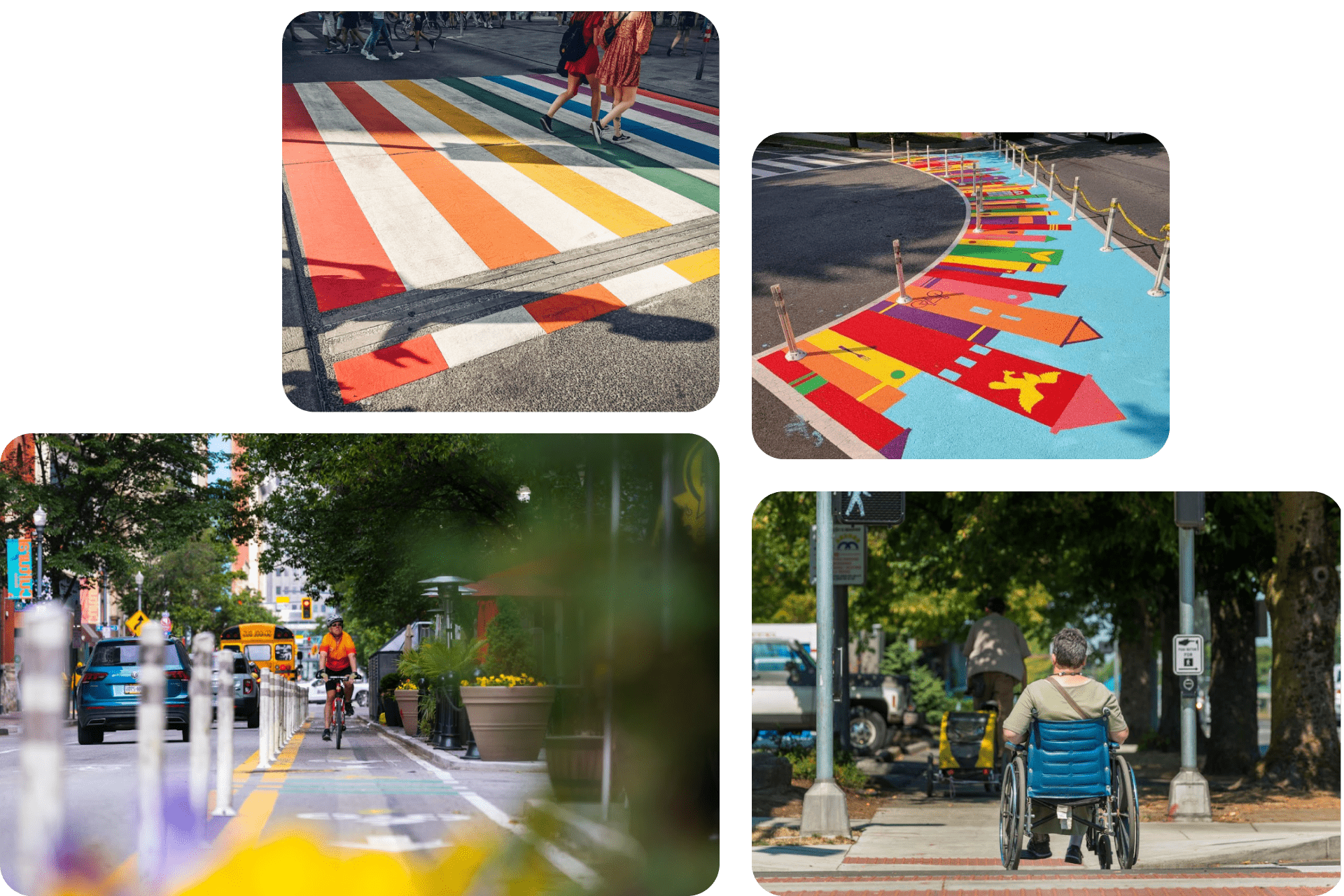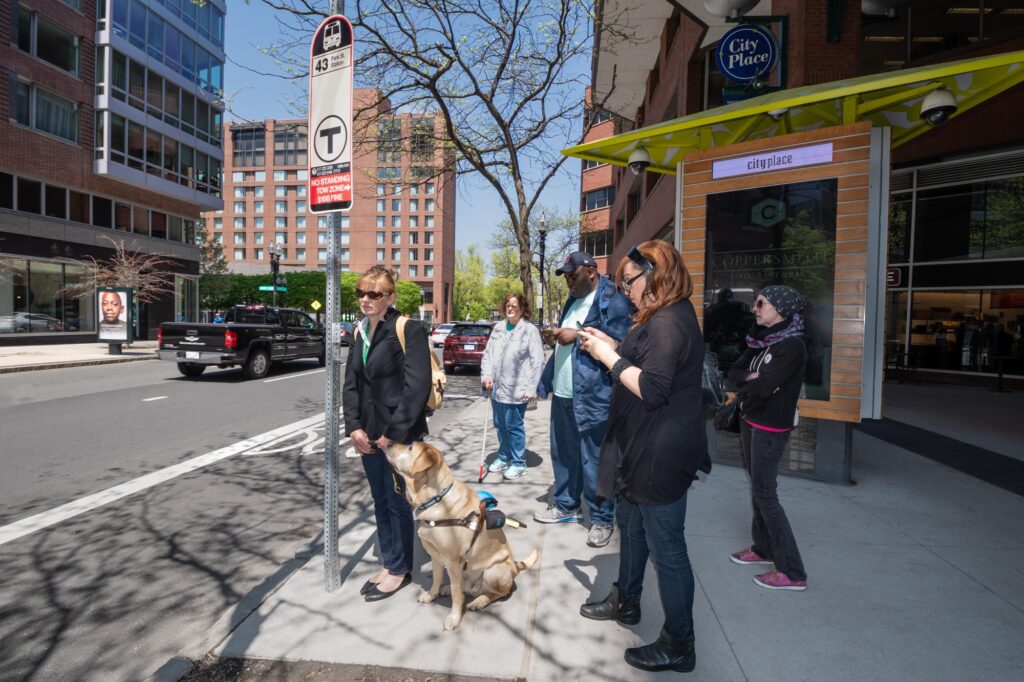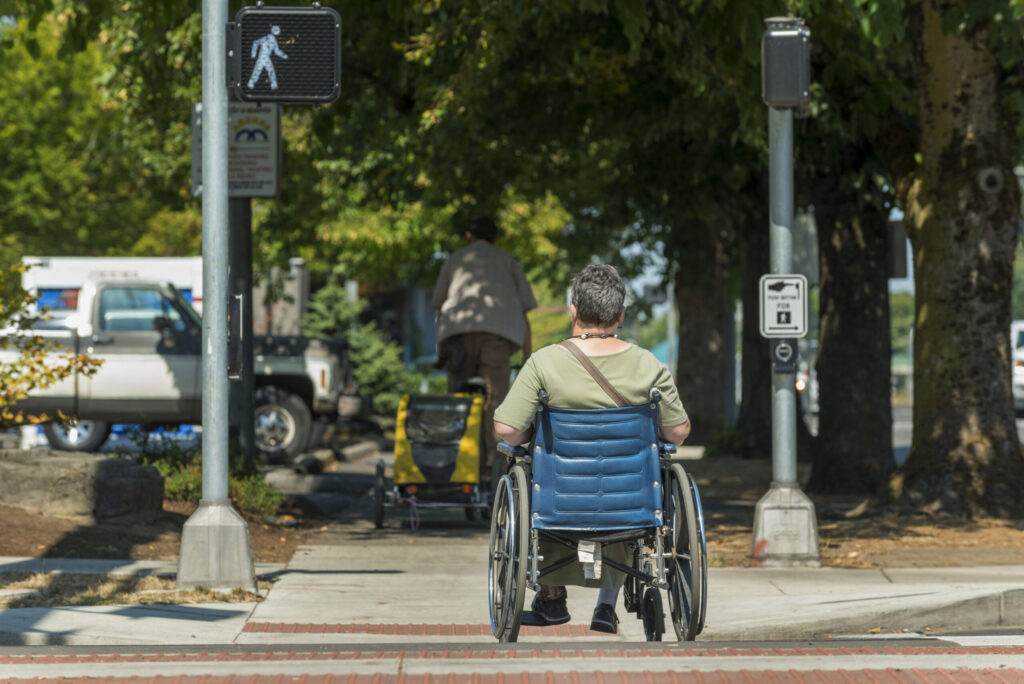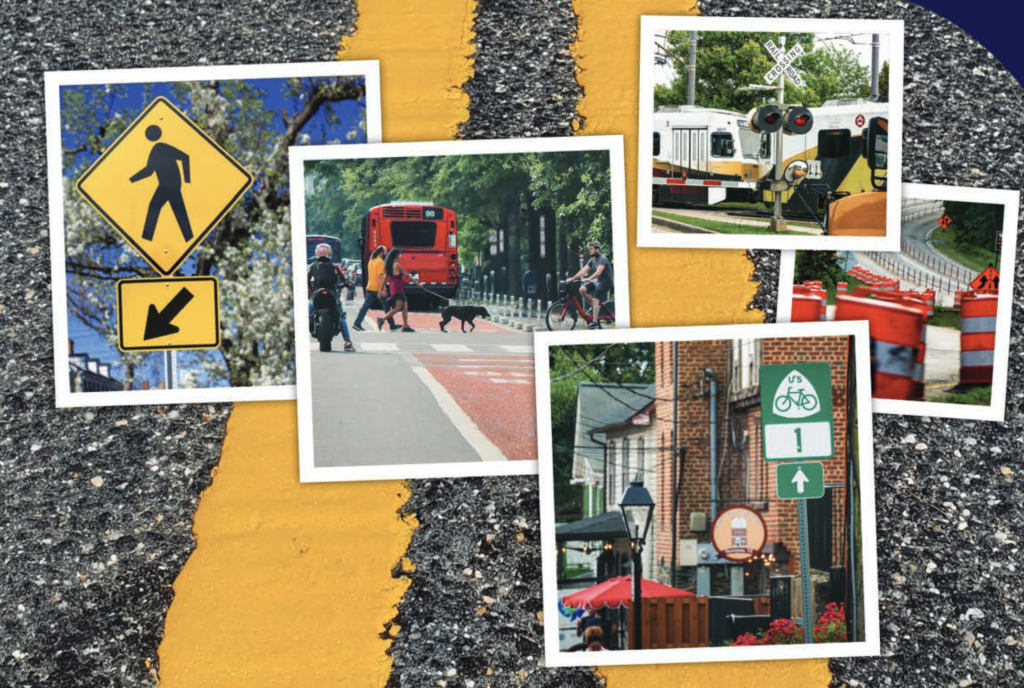Streets are our cities’ most valuable real estate. Streets in every city–from our largest metropolis to local towns–are the backyards of our cities, where we see our neighbors, where we access services, and where we walk, bike, and take transit. Streets are both a means to an end as well as an end to themselves.
However, despite streets’ incredible importance to residents, many decisions about how streets are designed and operated are outside a local city’s control.
The federal government has broad rulemaking power that guides the design of most major streets in the United States. Documents like the Manual on Uniform Traffic Control Devices (MUTCD), National Highway System (NHS) Design Standards, and Public Right-of-Way Accessibility Guidelines (PROWAG) both empower cities and pose technical difficulties.
Historically, city voices were underrepresented in these and other regulations and standards, which is reflected in their emphasis on the fast-flowing movement of vehicles to the detriment of other goals, such as safety and full accessibility for all street users.
Ensuring city voices are represented in federal standards is key to achieving a reduction in traffic deaths and serious injuries while improving access and goods movement in the United States.
NACTO advocates for national standards that incentivize and support safety treatments for everyone using city streets, including people walking and biking. Through NACTO, city transportation practitioners are committed participants in the national design dialogue. Through our work with our members, we’ve advocated for and won substantial changes to the MUTCD, and given cities more of a seat at the table in future revisions to national design standards.
Why This Matters: America’s Traffic Safety Crisis
The United States has a traffic safety crisis. More than 40,000 people die on American roads each year, far more than in other industrialized countries. Pedestrian deaths are at a 40-year high, and the costs are not borne equally: Black and Indigenous people are struck and killed by drivers at a significantly higher rate than white Americans.
Our streets are unsafe because of how they are designed. While all levels of government are responsible, the crisis stems in no small part from the federal standards used to build our streets. Reforming the MUTCD, the National Highway System Design Standards, and other national regulatory and design frameworks is essential for stemming the traffic safety crisis and making city streets safe and accessible for all.
Manual on Uniform Traffic Control Devices (MUTCD)
The federal Manual on Uniform Traffic Control Devices dictates what nearly every American street looks like–and regulators recently updated it for the first time in well over a decade. The MUTCD sets highly detailed standards for traffic signals, signs, and road markings on all public roads. With infrequent updates and nominal changes over the decades, the MUTCD has played an outsized role in the unsafe design of our streets.
The MUTCD did not reflect the practices and designs necessary for cities to achieve their goals–such as safety and access for people walking, biking, using mobility aids, or riding a bus. Because roadway design directly influences street safety, it’s critical for this document to reflect city experiences and needs.
NACTO organized a campaign across our member cities, transit agencies, and dozens of partner organizations to call on FHWA to update the MUTCD into a proactive, multimodal safety regulation. Together, we combed through the 2009 Edition of the MUTCD’s 1,000+ pages and developed over 400 specific edits to substantially reframe it as a safety and sustainability-first document.
In December 2023, the Federal Highway Administration (FHWA) published the 11th Edition of the MUTCD. The new edition reflects many of those edits, making important steps toward a safer, more people-focused transportation system. However, the 11th Edition does not include every necessary reform to create comprehensively safe, multimodal urban streets.
We’re working with our National Standards Committee to develop recommendations to improve the MUTCD’s guidance through interim approvals, updates to the experimentation process, and text in future editions.
Public Right-of-Way Accessibility Guidelines (PROWAG)
PROWAG provides enforceable requirements for designing accessible streets and sidewalks. Among other requirements, the Guidelines require sidewalks and shared-use paths to have pedestrian access routes that are traversable by those with disabilities; accessible pedestrian signals with audible and vibrotactile features for pedestrians affected by blindness or low vision; curb ramps and detectable warning surfaces at street crossings; and wheelchair-accessible transit stops.
NACTO is working closely with our member cities, transit agencies and other key partners to implement and augment the PROWAG guidance, ensuring city streets are fully accessible to everyone. In addition to convening and supporting members as they bring these Guidelines to life on their streets, the third edition of the NACTO Urban Bikeway Design Guide places a special emphasis on this work.
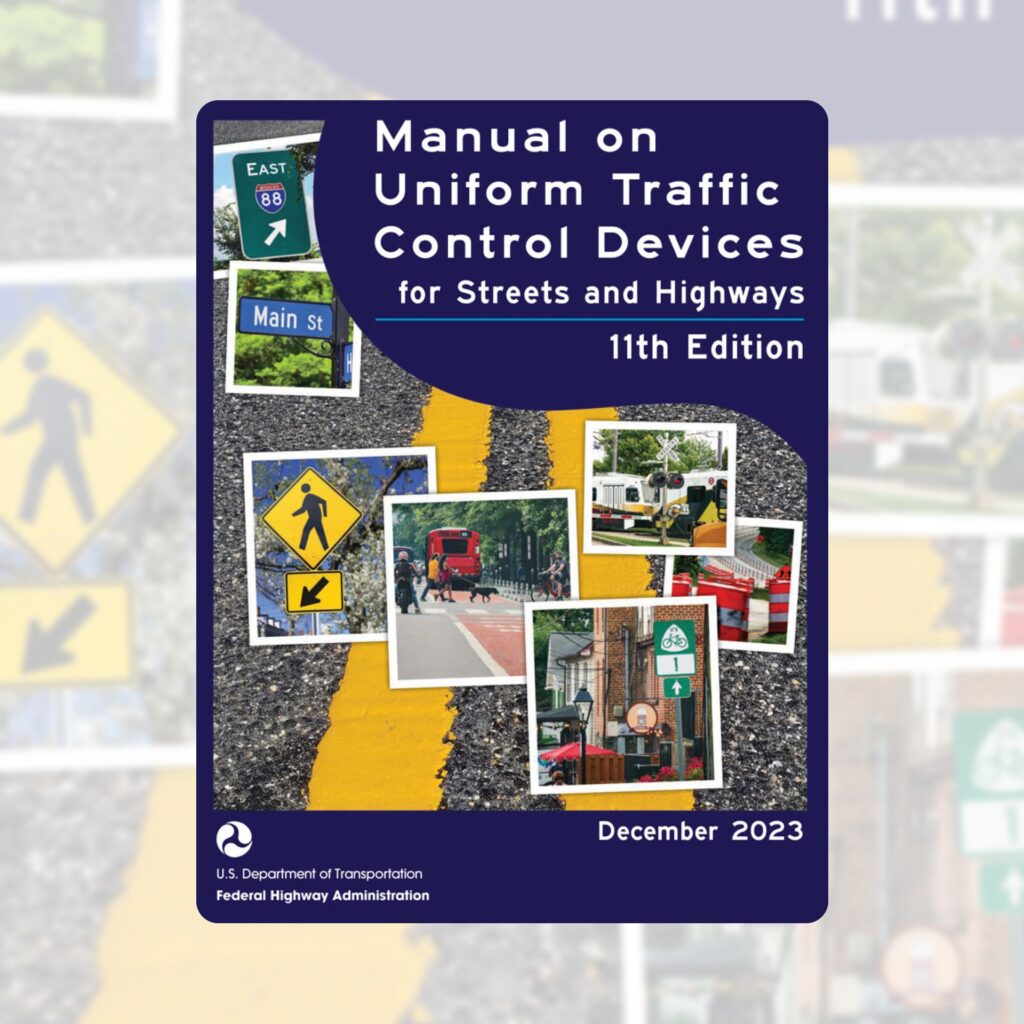
FEATURED
MUTCD Gets a Refresh
The 11th edition of the MUTCD makes important steps toward a safer, more people-focused transportation system.
Photo Credits: Quick-build separated bike lane via Bike PGH, asphalt art via Ivan Radic, accessible crosswalk via Oregon Department of Transportation, asphalt art via District Department of Transportation
